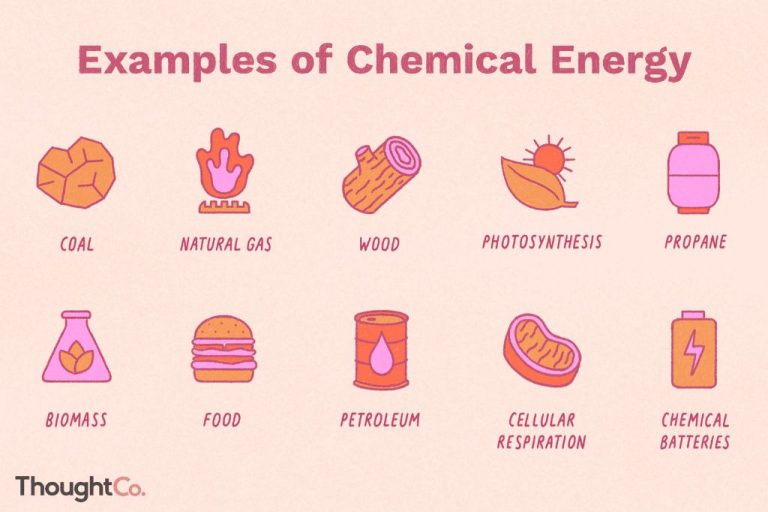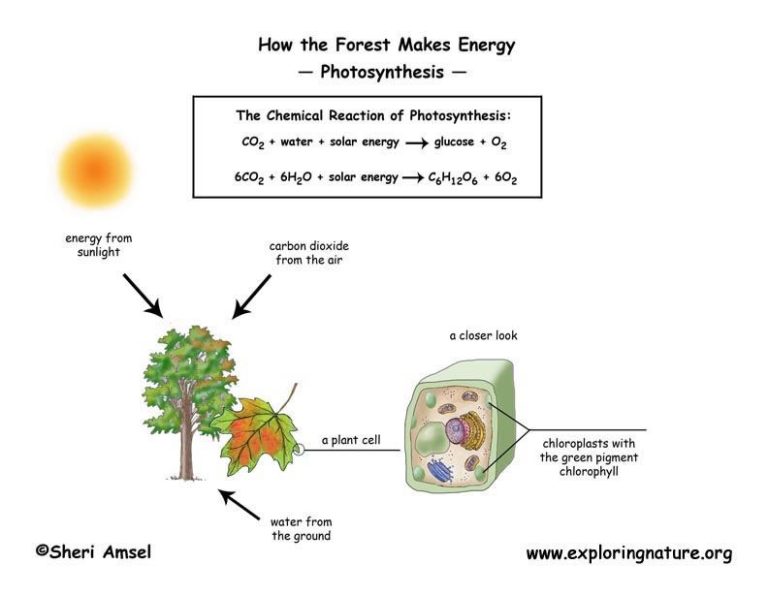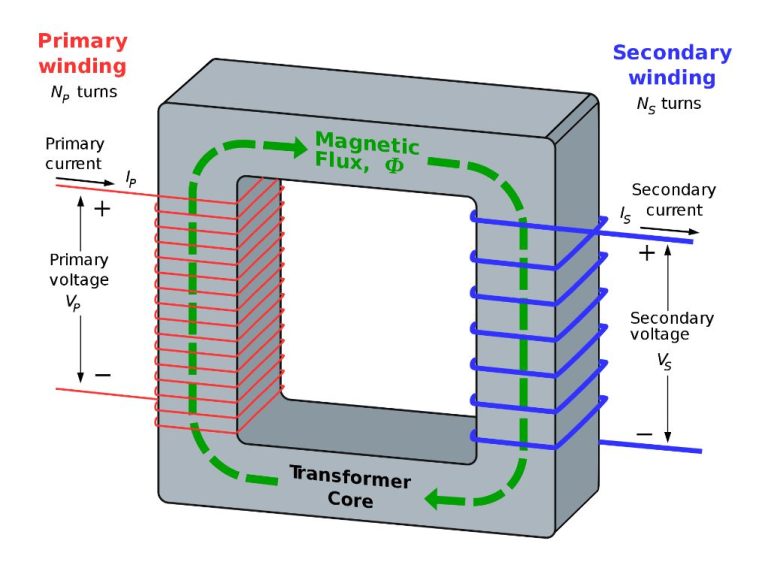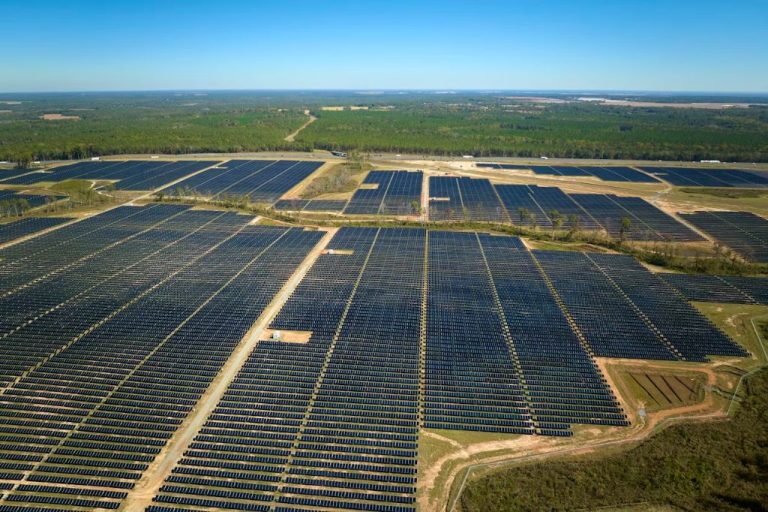Renewable Energy Projections 2050
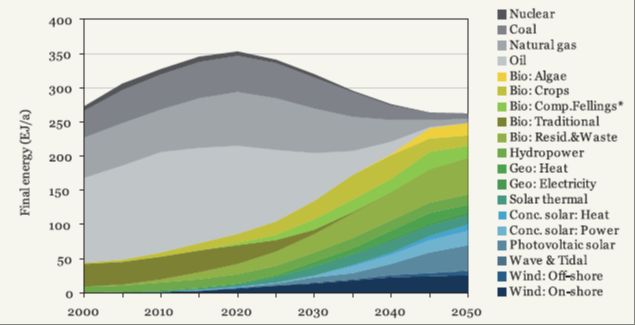
Renewable energy sources like solar, wind, hydropower, and biomass provide sustainable and clean alternatives to fossil fuels. As concerns about climate change continue to grow, many countries are setting ambitious goals to increase renewable energy usage and reach net zero emissions by 2050. Understanding projections for renewable energy in 2050 is crucial for policymakers, businesses, and individuals to properly plan and invest for a future powered by clean energy.
According to the International Energy Agency (IEA), renewable energy usage needs to increase from 25% of global power generation in 2017 to 85% by 2050 in order to reach net zero greenhouse gas emissions [1]. This transition away from fossil fuels will require substantial investments in renewable energy infrastructure and changes to energy systems worldwide. By examining projections for growth across various renewable energy sources out to 2050, we can gain key insights into the future makeup of energy supply and demand.
Current Renewable Energy Usage
Renewable energy accounted for 12.6% of total global electricity production in 2019, with hydro providing the largest share at 61%. Other major renewable sources were wind at 22%, bioenergy at 12%, and solar PV at 5% [1].
The top countries leading in renewable energy as a share of total electricity in 2019 were Iceland (86.9%), Norway (71.6%), Sweden (50.9%), Brazil (46.2%), and New Zealand (40.2%) [2]. China was the largest overall producer of renewable electricity, generating 31% of the global total. The US produced 11% of the global renewable electricity supply.
Overall, there has been significant growth in renewable energy usage in recent years. From 2010 to 2019, the share of renewables in global power generation increased from 20.6% to 26.2% [3]. This growth has been driven by declining costs and supportive policies.
Projected Growth of Renewable Energy
Many reports show that renewable energy is projected to see massive growth globally over the next few decades. According to the International Energy Agency (IEA), the share of renewable energy in total energy supply could increase from 14% in 2020 to over 60% by 2050 under net zero scenarios (IEA). This rapid growth will be driven by increasing deployment of solar and wind power.
The IEA projects that global solar power capacity could rise from 760 GW in 2020 to over 8500 GW by 2050. Wind power capacity could also grow over 5x from 740 GW to around 4000 GW. Hydropower and bioenergy are also expected to grow but at a slower pace (IEA).
Growth trends will vary by region and country. The U.S. Energy Information Administration (EIA) forecasts that the renewable share of U.S. electricity generation will rise from 21% in 2020 to 44% by 2050, driven by wind and solar additions (EIA). The International Renewable Energy Agency (IRENA) sees the EU raising its renewable share from 17% in 2015 to at least 50% by 2050 (IRENA p.51). Significant growth is expected across the developing world as well.
Solar Energy Projections
Solar power capacity is projected to significantly increase globally by 2050. According to the International Energy Agency, solar electricity could represent 20-25% of global electricity production by 2050, up from 3% today [1]. In the United States, the Department of Energy’s Solar Futures Study predicts solar will grow from 3% of electricity supply today to 40% by 2035 and 45% by 2050, supplied by about 1600 GW of capacity [2]. Significant cost reductions, technology improvements, supportive policies, and increased demand for clean energy are expected to drive this substantial growth.
Wind Energy Projections
Wind power capacity is projected to see robust growth globally through 2050. According to the U.S. Department of Energy, total wind capacity in the United States is projected to reach 404 GW by 2050, an increase of 180 GW from 2030 levels.
The growth is expected to occur both onshore and offshore. Onshore wind capacity in the U.S. is forecasted to grow from 118 GW in 2020 to over 300 GW by 2050. Offshore wind is also anticipated to expand dramatically, from just 42 MW of installed capacity in the U.S. currently to over 77 GW by 2050, aided by declining costs and supportive policies.
Globally, according to the International Renewable Energy Agency (IRENA), cumulative offshore wind capacity is projected to increase almost tenfold to 228 GW by 2030 and continue rising substantially towards 2050.
With supportive policies and regulations, ample wind resources, and improving technologies, wind power is positioned to supply a significant portion of the world’s electricity by mid-century.
Other Renewables Projections
Hydropower is expected to remain the largest renewable power source globally through 2050, and capacity could nearly double from around 1,300 GW in 2020 to over 2,800 GW by 2050 according to the International Hydropower Association. In the U.S., hydropower capacity could grow from 101 GW to 150 GW by 2050 with upgrades to existing infrastructure and some new small-scale projects according to the Department of Energy.
Geothermal capacity globally is projected to grow from around 15 GW in 2020 to almost 140 GW by 2050. The geothermal industry sees significant potential in enhanced geothermal systems and co-production from oil and gas wells. Biomass electricity capacity could reach nearly 550 GW globally by 2050, up from 130 GW in 2020, driven by growth in bioenergy with carbon capture and storage.
Wave and tidal power are earlier-stage technologies but could see greater growth by 2050 once costs come down. Ocean power capacity is projected to reach up to 340 GW by 2050. Overall, the growth across other renewables like hydro, geothermal, biomass and ocean power will contribute significantly to displacing fossil fuels.
Decline of Fossil Fuels
Fossil fuel use is projected to decline significantly by 2050 according to most energy outlooks. The International Energy Agency (IEA) projects that under a net zero emissions by 2050 scenario, fossil fuel use will decline by more than 75% by 2050 compared to 2020 levels (IEA).
Coal is expected to see the sharpest decline, with the IEA projecting coal use to fall by 90% by 2050 in their net zero scenario. Oil use is forecast to decline by 75% as transportation sectors like aviation and shipping begin transitioning to sustainable fuels. Natural gas could decline by 55% as renewable electricity generation ramps up (IEA).
The U.S. Energy Information Administration (EIA) also projects significant declines in fossil fuel use by 2050, with coal use dropping by 74-91% depending on the scenario. Oil use could fall by 47-74% and natural gas by 21-43% (EIA). The transition away from fossil fuels will be key for reaching net zero emissions globally.
Grid Integration
Integrating high levels of renewable energy sources like wind and solar onto the electric grid presents challenges due to their variability and uncertainty. According to the Clean Energy Ministerial, grid integration refers to “incorporating new generation into an existing power system” (Clean Energy Ministerial 2022, https://www.cleanenergyministerial.org/resources-cesc/grid-integration/). However, the intermittent and unpredictable nature of renewables can make grid management and stability difficult.
Some solutions for better grid integration include improving forecasting capabilities, building out transmission infrastructure to connect renewable generation sites with load centers, implementing advanced grid management technologies, incentivizing demand response and energy storage, and redesigning electricity markets to value flexibility (NREL 2022, https://www.nrel.gov/esif/renewable-energy-grid-integration.html). For example, grid operators can forecast renewable output and prepare conventional assets to adjust accordingly. Expanding and modernizing transmission networks also allows renewable energy to be shared over greater distances.
Additionally, grid-integrated storage can store excess renewable generation and discharge when renewable output is lower. With the right strategies and technologies, challenges integrating high renewable penetrations can be addressed to transition to a more sustainable grid.
Energy Storage
Energy storage will play a critical role in enabling the growth of renewable energy by 2050. According to a report by the National Renewable Energy Laboratory (NREL), grid-scale U.S. storage capacity could grow five-fold by 2050, with over 125 gigawatts of new storage deployed. Energy storage allows renewable sources like solar and wind to be stored for use when the sun isn’t shining or wind isn’t blowing. As more renewables come online, energy storage will help integrate these intermittent sources into the grid.
According to the U.S. Department of Energy’s Storage Futures Study, by 2050 there could be up to 680 gigawatts of new storage deployed in the U.S. This massive growth in storage capacity will enable much higher penetration levels of renewables like solar PV onto the grid. With abundant low-cost storage available, renewables that produce intermittently will be able to serve as reliable baseload power sources.
In summary, surging deployment of grid-scale energy storage will allow greatly increased adoption of renewable energy sources like solar and wind by 2050. Energy storage enables renewables to provide consistent and reliable carbon-free energy even when the sun isn’t shining or wind isn’t blowing.
Conclusion
The projections for renewable energy growth show an encouraging and optimistic path towards a clean energy future. Solar and wind energy are expected to experience massive growth, becoming the dominant sources of electricity generation globally by 2050. Other renewables like geothermal and hydroelectric will continue playing an important role as well.
Fossil fuels will enter a period of steady decline as clean energy takes over more and more market share each year. This transition will require major investments in grid infrastructure and energy storage solutions to accommodate high levels of variable renewable energy. But the projections make clear that a decarbonized power sector based predominantly on renewables is achievable within the next few decades.
In summary, the key projections show that with supportive policies, rapid technology advances, and large-scale deployment, renewable energy has the potential to supply the majority of the world’s electricity by mid-century. This energy transition will lead to substantial reductions in greenhouse gas emissions and air pollution, bringing significant economic, environmental, and public health benefits.


